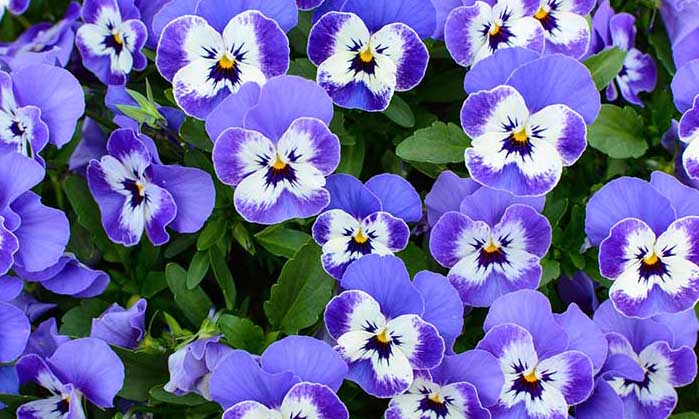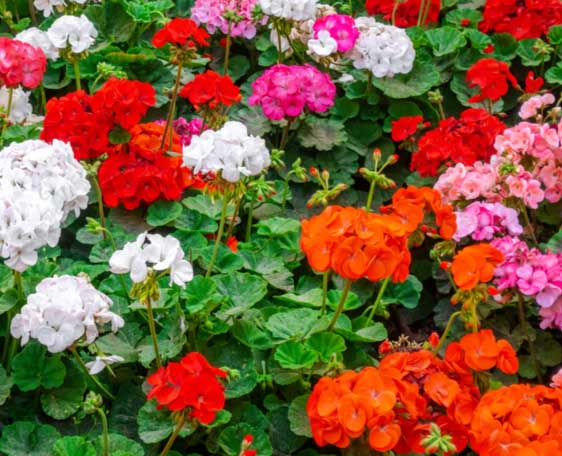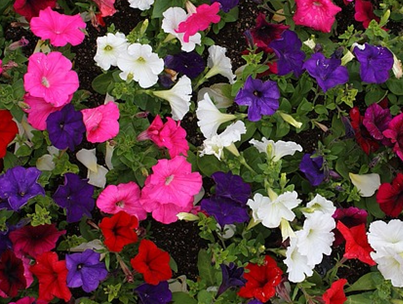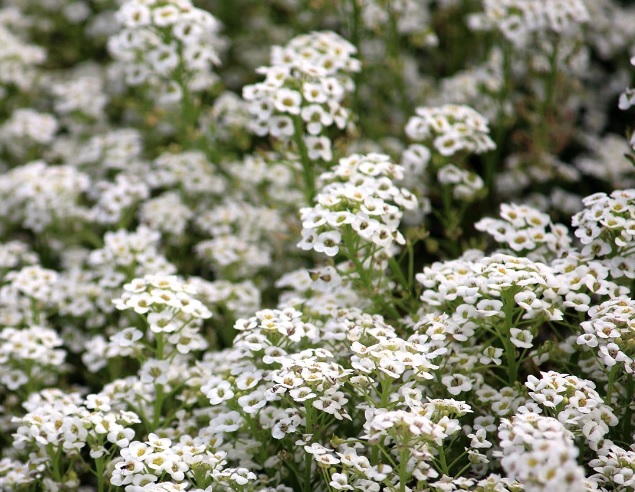Spring Annuals

THE BASICS OF PLANTING ANNUAL FLOWERS
While most plants are going dormant, a few winter stars are preparing to take center stage. Lenten roses, colored-twig dogwoods, and conifers with foliage that becomes more brilliant in winter can all help your garden shine among the bare stems.
WHEN TO PLANT ANNAUALS
With the first hints of spring, you may be very eager to get outside and work in the soil, whether it’s freshening up your flower beds or prepping window boxes and containers. But when it comes to planting annuals, timing is everything. Annual varieties are classified as tender annuals, half-hardy annuals, and hardy annuals and each has a very distinct planting window.
Tender Annuals

Geraniums
Tender annuals thrive in warm soil and warm air temperatures. They should only be planted once temperatures reach and stay above 55°F. They can be severely damaged or die if they are exposed to frost or temperatures below 32°F.
Tender annuals include: impatiens, geraniums, zinnia, verbena, and coleus.
Half-hardy Annuals

Petunias
These plants should be planted once all danger of freeze and frost has passed, but they do not require that the soil is completely warmed. While they can withstand a few nights where temperatures drop to 35-45°F, you’ll want to wait until evenings are consistently warmer.
Half-hardy annuals include: petunias, marigold, cosmos, lobelia, and gazania.
Hardy Annuals

Sweet Alyssum
These plant varieties can withstand slight freezing, although not sustained freezing temperatures or drastic drops in temperature. Annuals grown from seeds can be planted in early spring, while container plants can be planted in late spring. Additionally, hardy annuals are better suited to plant in the ground instead of in containers. This is because ground soil can better insulate plant roots.
Hardy annuals include pansy, snapdragon, alyssum, dianthus, and viola.
WAYS TO PLANT YOUR ANNUALS
Planting Annuals from Seeds — You can start growing annuals from seeds indoors earlier in the year and then transplant them outdoors when the appropriate weather conditions arrive.
Planting Annuals from Containers — You can also purchase flowering annual plants in pots or trays at Siebenthaler’s Garden Centers. When choosing container plants, look for strong, stocky plants. Plants should be a healthy bright green, not yellow or wilted. You should avoid plants with roots growing out the bottom of the container.
TIPS FOR PLANTING & CARING FOR FLOWERING ANNUALS
Planting Annuals
Healthy soil plays an important role in growing healthy annuals. If your flower beds contain soil that’s less-than-ideal, you may want to add organic matter to the soil, like peat moss, cow manure, or compost. These additives can help loosen soil and hold moisture during hot, dry summers.
When digging your bed, loosen the soil to at least a depth of eight to 12 inches. By taking the time to loosen the soil, your plants will grow and bloom much more quickly. Dig the holes for your annual plants at the same depth they were growing in their containers. Planting too deep can rot the plant. Firm the soil around the roots, and water thoroughly to eliminate air pockets.
Be sure to leave adequate space between each plant. Eight to 12 inches is typically recommended, although you can find specific information on each plant’s tag. If spot-planting annuals (for example, adding them around a mailbox or light post) avoid the temptation of squeezing in plants without leaving enough space for them to grow.
Fertilizing Annuals
Annuals will need additional food because they grow so quickly. You can add a granular fertilizer at the time of planting, such as 5-10-10 formula. You can also choose to top dress your beds with a slow release pellet like Osmocote. The advantage of slow release fertilizer is that one application takes care of your plants for the entire season. If you water your beds or containers regularly, a water-soluble powder such as Peter’s 20-20-20 gives good results. The important thing is to fertilize consistently, following the directions on your fertilizer package.
Mulching Annuals
When the weather gets hot and dry, applying mulch on top of your soil will help your annuals hold moisture and keep blooming. You can use bark, straw, well-dried grass clippings, or cocoa bean shells. Avoid peat moss, as it forms a water repellent barrier if allowed to dry in the sun. Also avoid wet grass, since it will mold and cause disease problems. Never use tan bark as it can burn tender annuals. For more information on how to lay mulch to your annuals, read our mulching guide here.
Caring for Annuals
Once planted, annuals are remarkably care-free. Here are a few tasks you can take to ensure healthy flowering all summer and into fall.
- Remove old flowers and seed pods so plants can concentrate on producing more flowers.
- Weed your beds to reduce competition for food and water.
- If plants get leggy or floppy, pinch them back several inches. This allows them to branch out and grow to a fuller size.
- Watch for the occasional insect infestation — aphids are the most common danger.
- Water thoroughly once a week in dry weather. Be sure to soak the root zones. By only wetting the top of the soil, plants form shallow roots that dry out and die.

